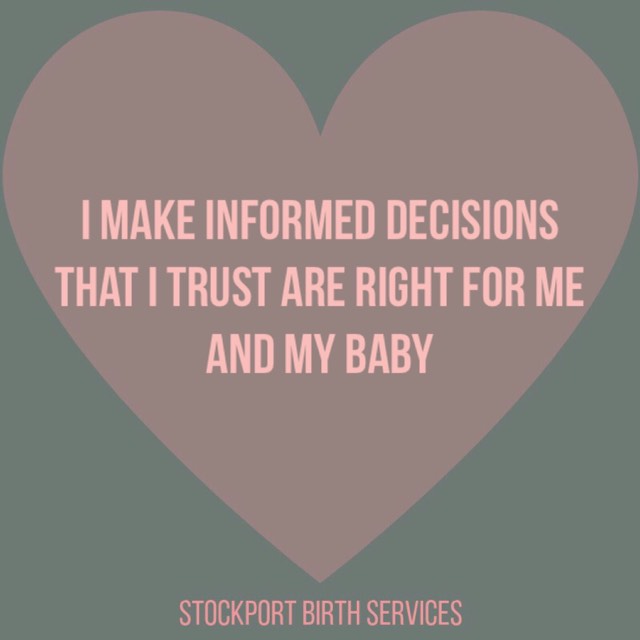This is an interesting subject to write about because nobody likes to think that they’ve crossed over into the advancing age category. Remember before we start you’re only as old as you feel (which in my case sees me hitting oldest ever living person age, especially as we’re halfway through a rainy half term!)
I’m talking here specifically about maternal age and stillbirth, but there areother things to be thinking about it you’re older than 35, including genetic risks and miscarriage. It’s also really, really, really, really, really important that when you read this or any discussion of risks, you remember that these are stats made up (usually) from studies looking at one thing. Your own individual circumstances and risk factors have a big impact, as does your own personality, values and experience to date.
One of the largest reviews of evidence happened in 2008 where Huang et al took 31 studies and largely found that there was a consistent risk of stillbirth in an older mother of 1.2-2.23 times higher than in younger mothers. There are, however, concerns that have been raised with the results including:
- What age they used as their cut off date between younger and older (some used 35, some 40)
- Categorising risk in binary ‘older’ or ‘younger’ categories, which failed to show slowly increasing risk making it look instead like a substantial jump at a particular age
- Definitions of stillbirth
- The age of the study, as medical care has changed considerably over recent years.
So this seems to be a case of yes there is an increased risk but…
In 2000, Jolly et al released the following figures as a result of their study:
- Women aged 18-34 had a stillbirth rate of 4.7/1000
- Women aged 35-40 had a stillbirth rate of 6.1/1000
- Women aged 40+ had a stillbirth rate of 8.1/1000
In 2006, Reddy et al looked at whether the increased risks were for all women over a certain age, or if it was first time mothers. They found the risks were (all out of 1000):
- Women under 35: 3.72 (first time mothers) / 29 (given birth before)
- Women between 35-39: 6.41 (first time mothers) / 99 (given birth before)
- Women aged 40+: 8.65 (first time mothers) / 29 (given birth before)
They also found that if a woman was healthy her chances of stillbirth reduced but were still higher than her comparator of a younger person.
Now, the reason I’m writing this now is because one of my clients has had a conversation with her consultant about being induced on or soon after her EDD due to her age.
Reddy et al found that there is a difference in the age of the mother, length of gestation and risk of stillbirth. But, perhaps, not one that is quite so clear cut a trajectory as you’d imagine. Their research showed that:
- The largest spike in number of stillbirths in all age groups was between 38-39 weeks pregnant, while the lowest was between 32-33 weeks
- For those aged under 39 the number of stillbirths decreased from week 40-41
- For those aged 40+ the number of stillbirths continued to rise (to 2.48)
Evidenced Based Birth found that induction rates are around 20-24% regardless of maternal age (although bear in mind that current UK induction rates are around 30-40% nationally) however caesarean rates rose from 29.5% (aged 25-29), 33% (30-34), 45.5% (40-44) to 57.1% (45+) Again, this is US data from 2014 so a slightly different climate to the UK today, where midwifery-led care can bring its own benefits and good birth outcomes.
A small UK study by Walker in 2016 looked at whether there was a rise in caesarean rates in older women who had been induced. The study found no difference in caesarean rates between induced and not-induced groups but caesareans increased with maternal age. Interestingly complication rates were similar across groups so it seems as though the caesareans happened because of maternal age rather than maternal age influencing complications which led to caesareans. All other comparators were very similar too including maternal satisfaction, birth weight and baby’s health. There’s another but coming though and that’s because the study was a really small sample and although showed some interesting things there just aren’t the numbers to get good quality evidence from.
One of the thought-to-be causes of stillbirth in women over 40 is hypoxia, which is not enough oxygen for baby (Pasupathy et al). However, one of the risks of induction of labour from an artificial oxytocin drip is hypoxia. Sara Wickham calls this a birthillogic. Induction of labour and caesareans all have their own risks associated with them so we need to loop back to the very start of these 1000 words (this was meant to be a whatsapp message to quickly answer a question, by the way. Succinct is and never has been my strong suit!) where I said this has GOT to be YOUR decision and to be able to make YOUR decision you need transparency of information. Being told your risk increases because of your age may well be true, but you can’t make a decision without understand what the risk is, how it applies to your own situation, and what the risks of action you may agree to are.
Most of the data I’ve looked at has come from Evidence Based Birth and any misinterpretations of the data are mine. I would encourage you to read the original as there’s loads more information there than I’ve written in this post. I’d also suggest reading Sara Wickham’s article about this, and also the RCOG guidelines for Induction of Labour At Term In Older Mothers.

